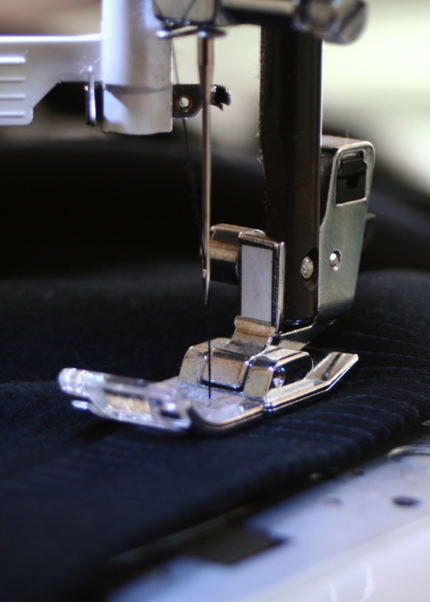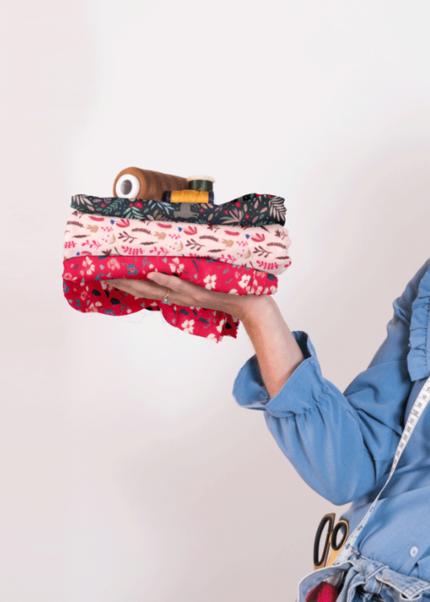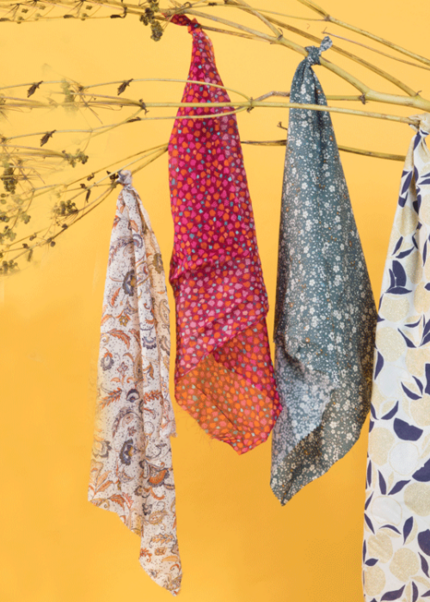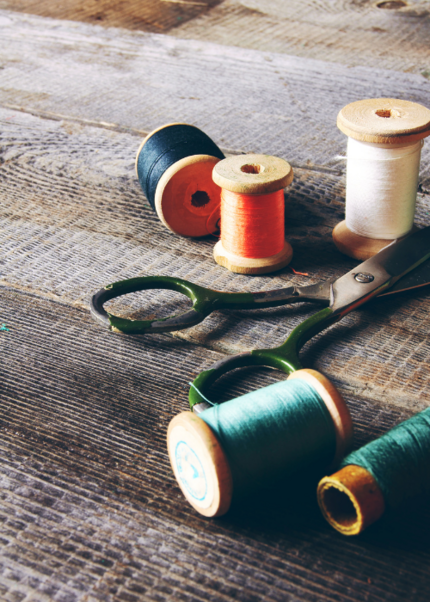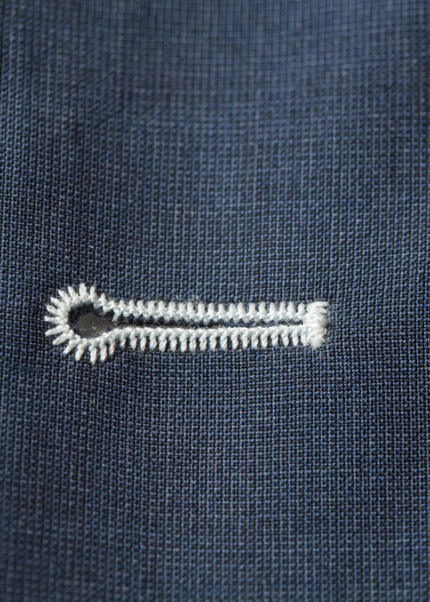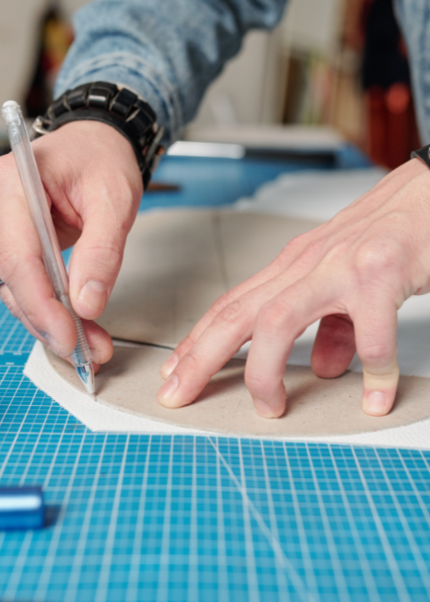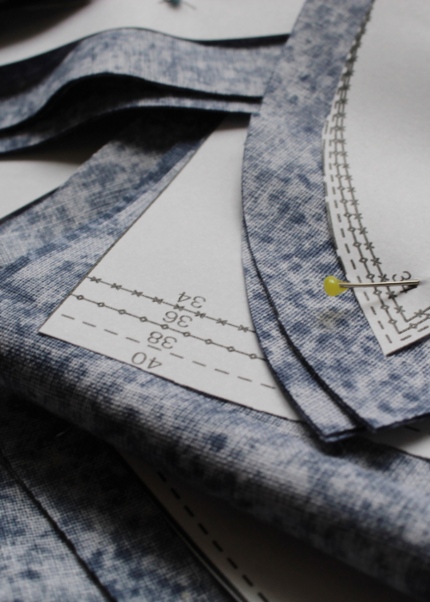The PPMC sewing lexicon
You've been squinting at our fabrics for so long, now you're ready to start sewing! You've bought your sewing machine, you've stocked up on fabric and thread...
To make it easier for you, we explain the sewing lexicon.







